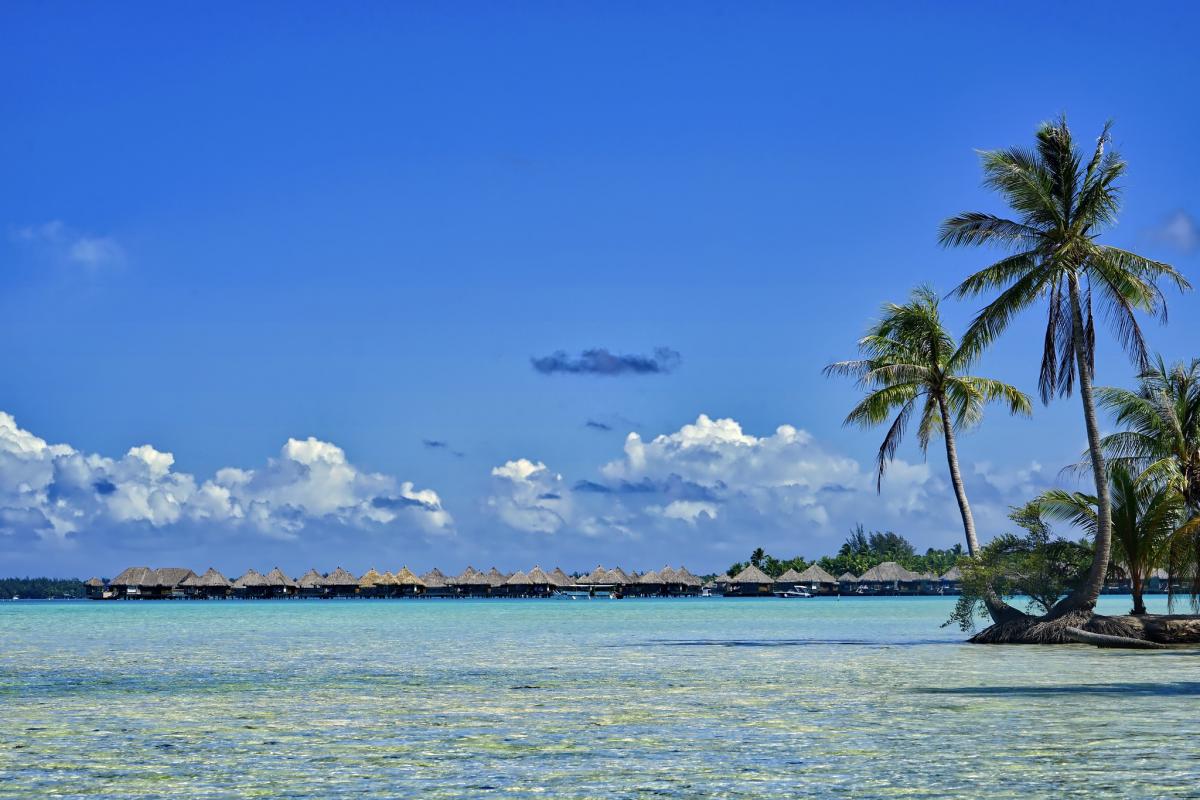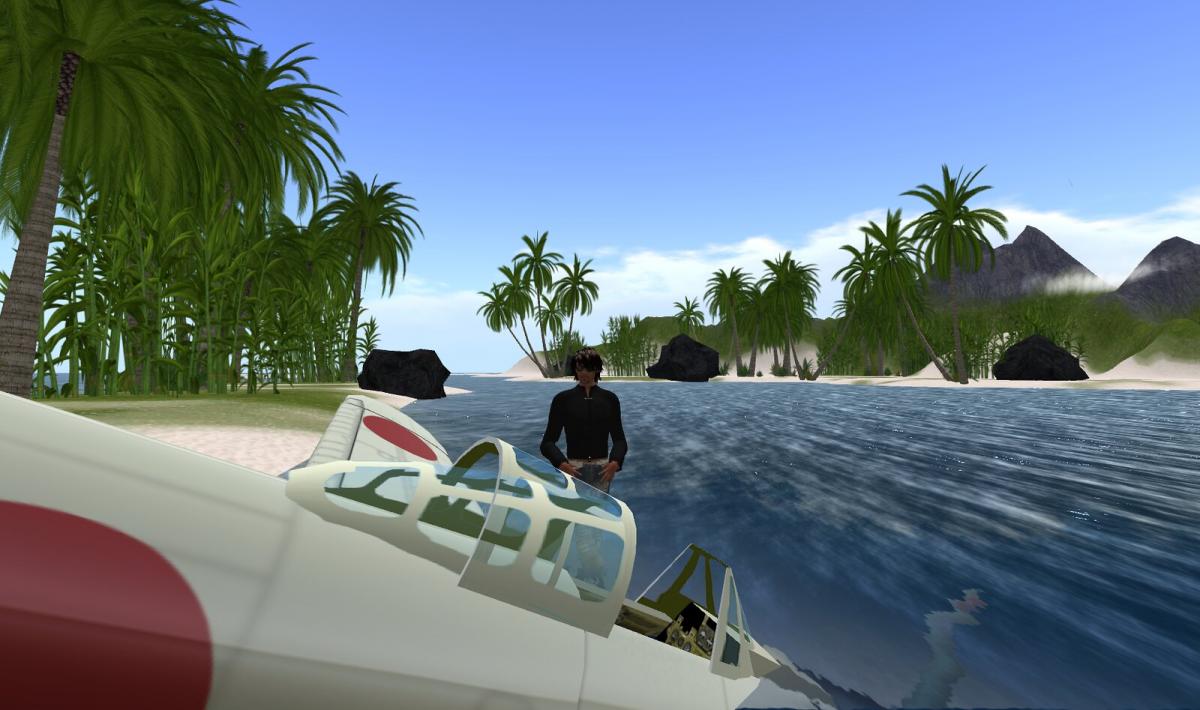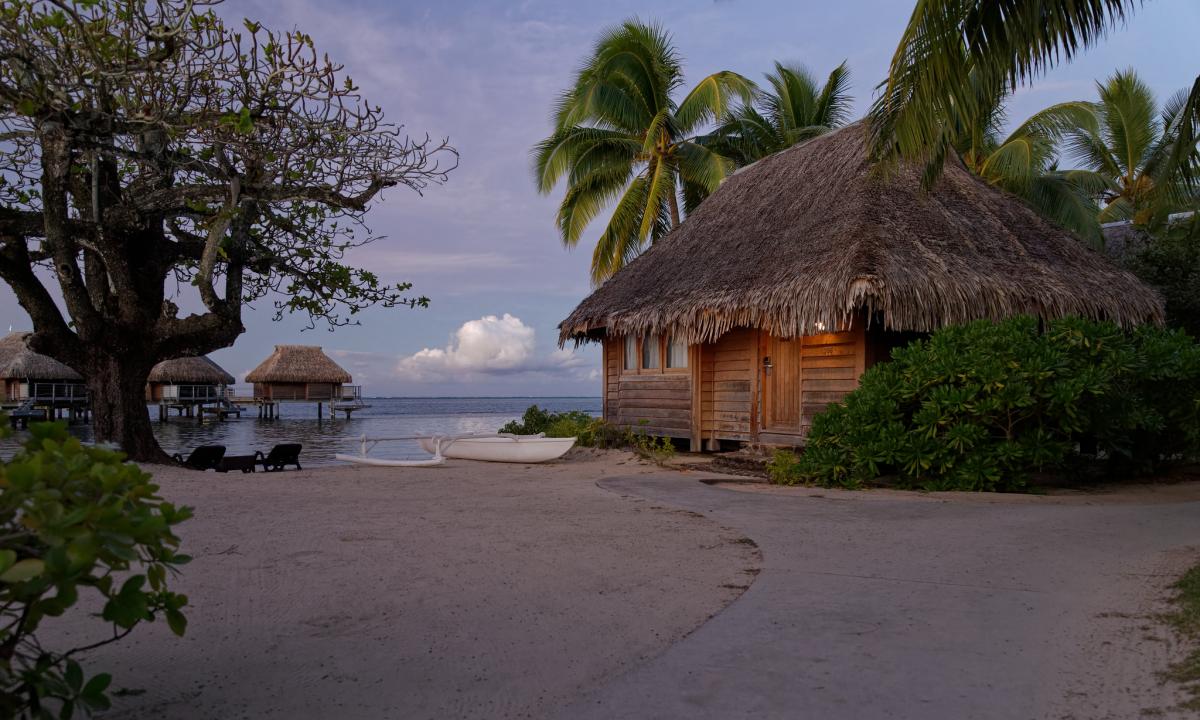
[ad_1]
Yan, FO/F1SMB will be active again from August 15 to September 15, 2024 in French Polynesia.
He will operate from Tahiti (IOTA OC-046) and Fakarava (IOTA OC-066).
Nearest DX Point FO/F1SMB
Previous events:
Yan, FO/F1SMB will be in French Polynesia from August 13 to September 5, 2023.
He will operate from the following islands:
ISLAND GRID IOTA First QSO Last QSO
Tahitian BH52ek OC-046 13/08/23 15/08/23
MOOREA BH52cl OC-046 15/08/23 17/08/23
Tahitian BH52ek OC-046 17/08/23 20/08/23
Bora Bora BH43dl OC-067 20/08/23 23/08/23
Tahitian BH52ek OC-046 23/08/23 25/08/23
Fakarava BH73hn OC-066 23/08/25 23/08/28
Tahitian BH52ek OC-046 28/08/23 05/09/23
He will operate on the HF band.
QSL through LOTW, eQSL.
French Polynesia – Island Paradise
Maybe not everyone has heard of French Polynesia. But almost everyone knows Bora Bora and Tahiti, which are the most famous islands. They are indeed part of France and are still officially considered overseas territories of France. People come to this remote corner of the civilized world in search of creative inspiration and romance. Luxurious tropical nature is combined with European infrastructure – first-class hotels and luxurious services. As usual, VIP vacations are not cheap and most tourists are very wealthy people.
 Bora Bora, French Polynesia. Author – Michael Jaida.
Bora Bora, French Polynesia. Author – Michael Jaida.
Exotic Paradise
The archipelago consists of more than 100 islands, both coral and volcanic. The total area is over 4,000 square kilometers. The weather is sunny and mild all year round, and it is pleasant on any day of the year, with temperatures between 20 and 30 degrees. There are no particularly strong heat waves, and it is warm all year round with little rainfall. The sea breeze brings coolness and humidity.
The descriptions of all the beauties of the archipelago bring to mind the most “cliché” stamps from advertising brochures: “lush tropical vegetation”, “schools of brightly coloured tropical fish”, “clear waters”, “snow-white beaches”, etc. If these were pure facts, how could you do without them? So you should not be surprised, because the whole of French Polynesia is a vivid advertising brochure of a tropical paradise.
The natural scenery of different islands is slightly different. There is no fresh water on the coral islands, so the vegetation is relatively sparse. There are lakes and rivers on the volcanic islands, there are many animals and birds, and dense jungle covers most of the territory.
But wherever you go, you can enjoy stunning views. The highlights of French Polynesia are blue lagoons and stunning beaches with black and white sand, lush tropical vegetation, spectacular waterfalls, and no crowds of tourists. Do you want to hide away in the paradise of nature? Not a problem on any of the islands here!
 Taha’a, French Polynesia. Author – Muff Potez.
Taha’a, French Polynesia. Author – Muff Potez.
Beautiful islanders
The sound of the local language reminds you of beautiful tunes, and the surrounding landscapes and scenery are like the Lost Garden of Eden. The people here are always cheerful, smiling, friendly, and surprisingly calm. In French Polynesia, people are used to decorating themselves with flowers, and clothes must also be bright colors.
The local population is nearly 300,000 people (all of whom are considered French subjects). They speak French and Tahitian, although most Polynesians are fluent in English. This is especially true of the staff in markets, cafes, hotels, and entertainment venues.
The best qualities of the locals are friendliness, hard work, honesty and humility. And hospitality. Every guest here is given the utmost attention and is well taken care of. This is not surprising, since tourism is the main source of income in French Polynesia. But it is not the only one. Shark fins and pearls can be harvested here (fishermen are the pride of the nation), coconut trees are grown here – the coconut groves add color to the place.
Despite the onset of civilization, the local population has managed to preserve enough identity and ancient rituals to attract the most experienced inhabitants of the Old or New World. During your trip, be sure to check out the ceremony of greeting the sunrise, walking on hot coals, and if you’re lucky, you’ll also take part in the festival of the national symbol – the flower gardenia.
Local weddings are also worth seeing. The wedding ceremony is very exotic and very beautiful – completely in line with the local spirit. The ceremony takes place on the shore: the bride waits for the groom in a canoe. Everything is decorated in bright colors – the boat, the shore, the people. Soft and pleasant melodies are being played (on several instruments). Palm leaves are used instead of traditional marriage certificates. The newlyweds receive them wrapped in a wedding towel. After the holiday, they take it off and cross to another island together in a canoe.
By the way, many vacationers come to these paradisiacal islands for their honeymoon or to hold their own wedding.
Main Island Resort
Manihi Atoll, part of the Tuamotu Archipelago, is the best place for anyone interested or serious about diving.
Mysterious Huahine preserves the legends and ancient history of the ancestors of French Polynesia.
Raiatia and Taha’a are part of the Society Islands. They are less well-known but their natural environment is virtually unspoiled.
Rangiroa Atoll is the largest atoll in the Tuamotu Archipelago. It is popular for various water sports, with beautiful coral reefs and beautiful beaches near the coast.
Bora Bora is located in a large lagoon of extraordinary beauty, surrounded by a series of coral reefs and a string of uninhabited islands, isolated from the ocean. The most spectacular and famous “decoration” here are three volcanic peaks.
Moorea is close to Tahiti. It has sapphire lagoons, ancient pagan temples and huts in the Ophouna Valley, pineapple plantations on the hillsides, and endless beaches with dazzling white sand.
Tahiti is the most famous of the hundred islands of French Polynesia, as well as the largest in terms of area and population. It was formed by volcanic eruptions, so its terrain consists of mountain peaks and continuous forests. It is the first choice for travelers from all over the world. Tahiti is characterized by mountainous landscapes (peaks exceed 2000 meters above sea level), abundant water sources (mountain streams and waterfalls), numerous exotic representatives of animals (especially the brightly colored “birds of paradise”) and plants – the density of the local jungle is the envy of any other tropical island.
Tahiti consists of two parts. Nui (the big island or the north) and Iti (the south), between which the Isthmus of Tarawai is crossed. The south is almost uninhabited, while the tourist infrastructure in the north is very developed and multifaceted. A considerable part of vacationers come here.
 Moorea, French Polynesia. Author – Guillaume Ferrante.
Moorea, French Polynesia. Author – Guillaume Ferrante.
Local cuisine
The cuisine of French Polynesia has undergone many changes, influenced by its “big sisters” from Asia and Europe (mainly France). On holidays, it is customary to serve yams, breadfruit, various seafood and dairy products baked in banana leaves. Among the traditional dishes on the daily menu, the most common are fish marinated in coconut milk or lemon juice, and Chinese ma’a tinito pasta made with Peking cabbage, beans and pork. Seafood dishes abound, as it is the most popular among locals and tourists. Fish and other seafood can be eaten marinated, boiled, fried, grilled.
By the way, large hotels often use local cuisine when organizing buffets.
Attractions and entertainment
In the French Polynesian Islands, in addition to enjoying a leisurely “lazy” beach holiday at Pointe Vénus (the black sand beach at Point Venus), Punaaui, Plage de Maui and other beaches, you can also experience the pristine exotic nature. Snorkeling, surfing, diving and other water sports are also good options.
All of these exciting activities should be interspersed with equally exciting local sightseeing. What’s there to see?
- The Paul Gauguin Museum, where he lived on the island for a time and created several of his famous masterpieces.
- Shell and black pearl exhibits at a local museum.
- Cook Inlet.
- Marquesas Mountains.
- The cathedral and ancient temple ruins on Moorea Island.
- Mataoa Garden looks like a direct projection of heaven.
- Sacred Mount Rotui.
Also, be sure to visit any of the local markets – the variety of exotic fruits to try is truly amazing!
But even more of French Polynesia’s attractions are underwater!
diving
Each island has its own unique underwater diving “technique”, so diving is fun for both professionals and beginners. The level of safety, instructors, equipment and service here are among the highest in the world. The coral reef is like a colorful kaleidoscope, with a huge number of creatures and bright colors. There are many “home” reefs in the lagoon, where you can swim with velvet stingrays, feed butterfly fish directly from your hands, encounter sharks, moray eels or turtles, and see coral gardens with your own eyes.
The only downside to this tropical paradise is that it’s quite a distance from “the big land.” You’ll need to take a plane to get here, but the joys of visiting French Polynesia more than make up for that small drawback.
FO/F1SMB. Where is French Polynesia located. Map.
FO/F1SMB French Polynesia. Sunrise on 14 June 2024 at 16:24 GMT, sunset at 03:31 GMT
[ad_2]
Source link
